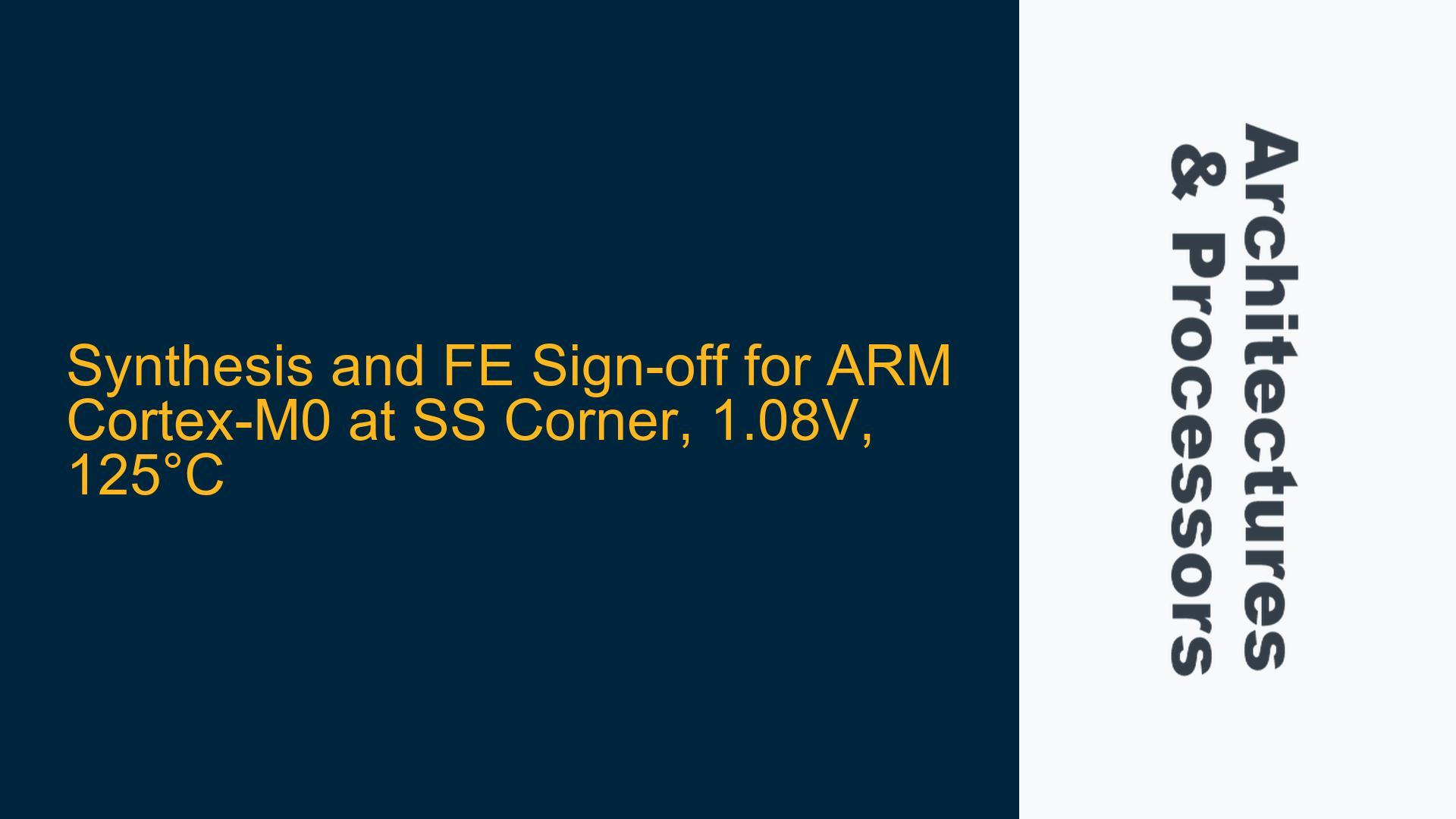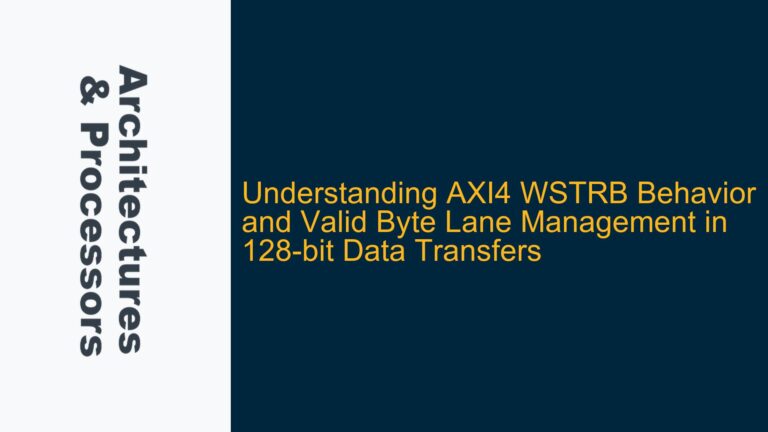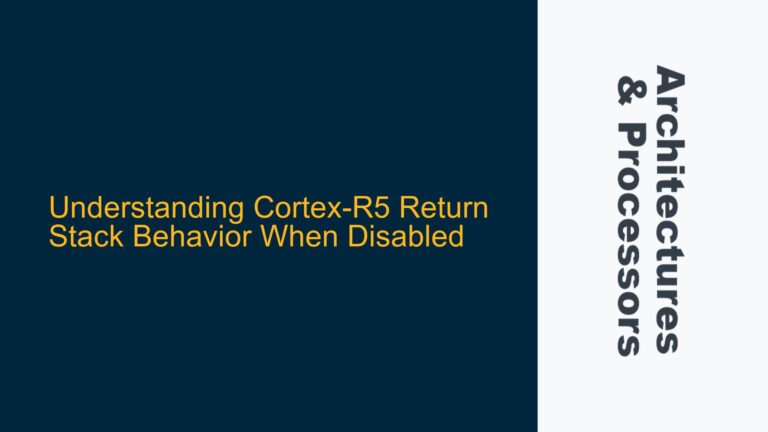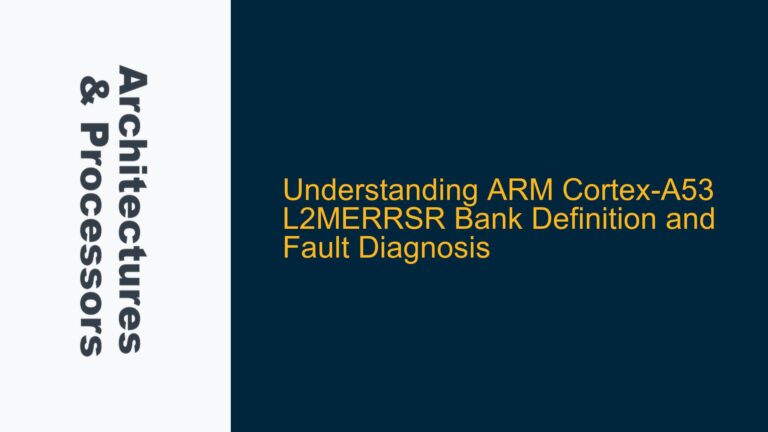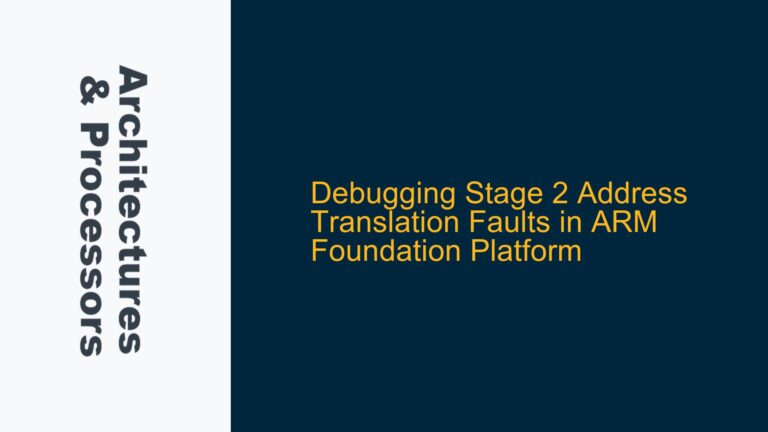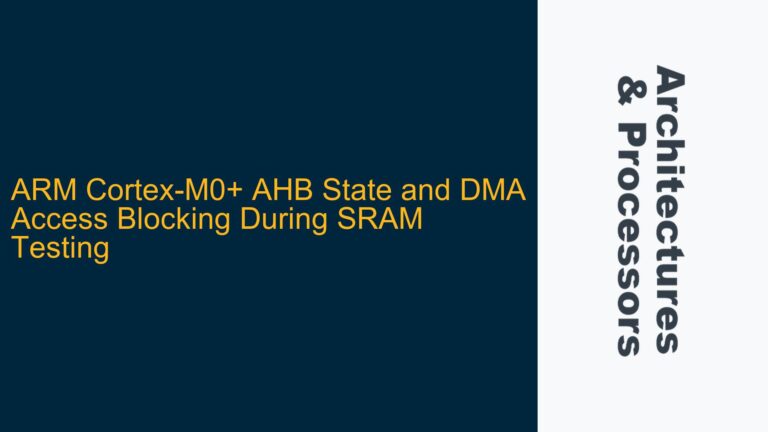ARM Cortex-M0 Synthesis and Front-End Sign-off Challenges at SS Corner
The ARM Cortex-M0 is a highly efficient, 32-bit RISC processor designed for embedded applications requiring low power and high performance. However, achieving successful synthesis and front-end (FE) sign-off for the Cortex-M0 at the slow-slow (SS) process corner, 1.08V supply voltage, and 125°C junction temperature presents several challenges. These challenges stem from the stringent timing, power, and reliability requirements imposed by the SS corner, which represents the worst-case scenario for process variations and environmental conditions. The SS corner is characterized by slower transistor switching speeds due to process variations, reduced supply voltage, and elevated temperature, all of which exacerbate timing violations, increase power consumption, and degrade signal integrity.
At the SS corner, the timing paths in the Cortex-M0 design are more likely to fail due to increased gate delays and interconnect RC delays. The 1.08V supply voltage further exacerbates these delays by reducing the drive strength of transistors, while the 125°C temperature increases leakage current and further degrades performance. Additionally, the SS corner imposes stricter requirements on hold time violations, as the reduced voltage and increased temperature can cause hold time margins to shrink. These factors collectively make the SS corner one of the most challenging scenarios for achieving timing closure and ensuring reliable operation.
The synthesis process for the Cortex-M0 at the SS corner involves translating the RTL (Register Transfer Level) design into a gate-level netlist while optimizing for timing, area, and power. However, the SS corner requires special attention to timing constraints, as the standard synthesis flow may not adequately account for the worst-case delays. Similarly, the FE sign-off process involves verifying that the synthesized design meets all timing, power, and reliability requirements at the SS corner. This includes static timing analysis (STA), power analysis, and signal integrity checks, all of which must be performed under the worst-case conditions to ensure robust operation.
Process Variations, Voltage Scaling, and Temperature Effects
The primary causes of synthesis and FE sign-off challenges for the ARM Cortex-M0 at the SS corner are process variations, voltage scaling, and temperature effects. Process variations refer to the inherent differences in transistor characteristics caused by manufacturing imperfections. These variations can lead to discrepancies in gate delays, threshold voltages, and leakage currents, which are particularly pronounced at the SS corner. The SS corner represents the slowest process variation, where transistors exhibit higher threshold voltages and lower drive strengths, resulting in increased gate delays and reduced performance.
Voltage scaling is another critical factor, as the 1.08V supply voltage reduces the drive strength of transistors, further exacerbating timing delays. Lower supply voltages also increase the sensitivity of the design to noise and signal integrity issues, as the noise margins are reduced. This makes it more challenging to achieve timing closure and ensure reliable operation, especially for high-speed paths and critical timing arcs. Additionally, voltage scaling affects the power consumption of the design, as lower supply voltages reduce dynamic power but increase leakage power due to reduced threshold voltages.
Temperature effects are equally significant, as the 125°C junction temperature increases leakage current and degrades transistor performance. Elevated temperatures cause carrier mobility to decrease, leading to higher resistance and slower switching speeds. This effect is particularly pronounced in the SS corner, where the combination of process variations, reduced supply voltage, and high temperature creates a worst-case scenario for timing and power. The increased leakage current at high temperatures also contributes to higher power consumption, which must be carefully managed to avoid thermal runaway and ensure reliable operation.
Optimizing Synthesis and FE Sign-off for SS Corner Conditions
To address the challenges of synthesis and FE sign-off for the ARM Cortex-M0 at the SS corner, a comprehensive approach is required. This approach involves optimizing the synthesis flow, applying advanced timing analysis techniques, and implementing robust power and signal integrity checks. The following steps outline the key strategies for achieving successful synthesis and FE sign-off under SS corner conditions.
Synthesis Optimization for SS Corner Timing Closure
The synthesis process must be tailored to account for the worst-case delays at the SS corner. This involves setting up appropriate timing constraints, optimizing the design for worst-case conditions, and using advanced synthesis techniques to improve timing closure. The timing constraints should include specific margins for setup and hold times, as well as additional derating factors to account for process variations, voltage scaling, and temperature effects. The synthesis tool should be configured to prioritize timing optimization over area and power, as timing violations are more likely to occur at the SS corner.
One effective technique for improving timing closure is to use multi-corner multi-mode (MCMM) analysis during synthesis. MCMM analysis allows the synthesis tool to optimize the design for multiple corners and modes simultaneously, ensuring that the design meets timing requirements across all operating conditions. This is particularly important for the SS corner, as it ensures that the design is optimized for the worst-case scenario. Additionally, the synthesis tool should be configured to use high-effort optimization algorithms, which can identify and resolve timing violations more effectively.
Another important aspect of synthesis optimization is the use of clock gating and power gating techniques to reduce dynamic and leakage power. Clock gating involves disabling the clock signal to unused portions of the design, reducing dynamic power consumption. Power gating involves turning off the power supply to unused blocks, reducing leakage power. These techniques are particularly important at the SS corner, where power consumption is higher due to increased leakage current. However, care must be taken to ensure that these techniques do not introduce additional timing violations, especially for critical paths.
Advanced Static Timing Analysis for SS Corner Verification
Static timing analysis (STA) is a critical step in the FE sign-off process, as it verifies that the design meets all timing requirements under the worst-case conditions. At the SS corner, STA must be performed with special attention to setup and hold time violations, as these are more likely to occur due to increased gate delays and reduced noise margins. The STA tool should be configured to use the SS corner libraries, which include timing models for the worst-case process variations, voltage, and temperature.
One effective technique for improving STA accuracy is to use on-chip variation (OCV) analysis. OCV analysis accounts for variations in gate delays and interconnect delays across the chip, providing a more accurate representation of the worst-case timing. This is particularly important at the SS corner, where process variations and temperature gradients can cause significant differences in delay across the chip. Additionally, the STA tool should be configured to use advanced derating factors, which account for the combined effects of process variations, voltage scaling, and temperature.
Another important aspect of STA is the analysis of clock domain crossings (CDCs) and asynchronous paths. At the SS corner, the timing margins for CDCs and asynchronous paths are reduced, making them more susceptible to timing violations. The STA tool should be configured to perform detailed analysis of these paths, including the use of synchronizers and metastability filters to ensure reliable operation. Additionally, the STA tool should be configured to perform noise and signal integrity analysis, as reduced noise margins at the SS corner can lead to signal integrity issues.
Power and Signal Integrity Checks for SS Corner Reliability
Power and signal integrity checks are essential for ensuring reliable operation at the SS corner. Power analysis should be performed to verify that the design meets power requirements under the worst-case conditions. This includes dynamic power analysis, which accounts for the increased power consumption due to higher gate delays, and leakage power analysis, which accounts for the increased leakage current at high temperatures. The power analysis tool should be configured to use the SS corner libraries, which include power models for the worst-case process variations, voltage, and temperature.
Signal integrity checks should be performed to verify that the design meets noise and signal integrity requirements at the SS corner. This includes crosstalk analysis, which accounts for the increased coupling capacitance and reduced noise margins at the SS corner. The signal integrity tool should be configured to use advanced noise models, which account for the combined effects of process variations, voltage scaling, and temperature. Additionally, the tool should be configured to perform detailed analysis of critical nets, including the use of shielding and spacing techniques to reduce crosstalk.
In conclusion, achieving successful synthesis and FE sign-off for the ARM Cortex-M0 at the SS corner, 1.08V supply voltage, and 125°C junction temperature requires a comprehensive approach that addresses the challenges posed by process variations, voltage scaling, and temperature effects. By optimizing the synthesis flow, applying advanced timing analysis techniques, and implementing robust power and signal integrity checks, it is possible to achieve timing closure and ensure reliable operation under the worst-case conditions.
